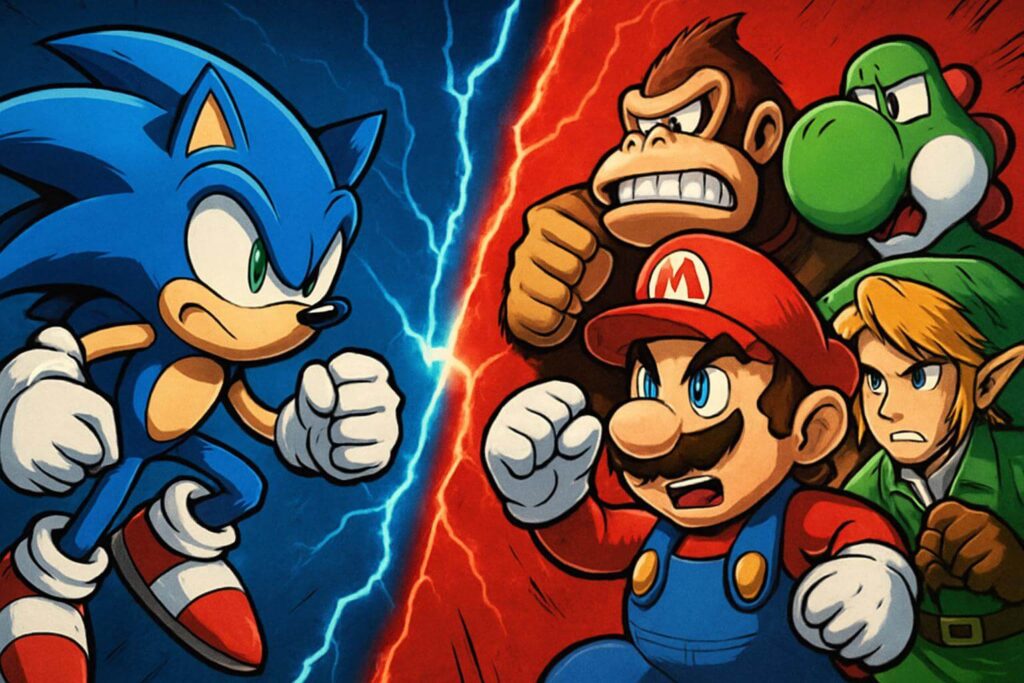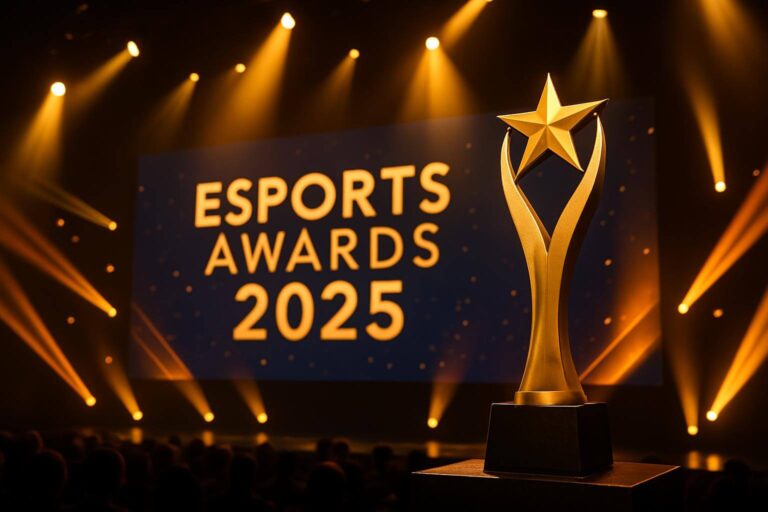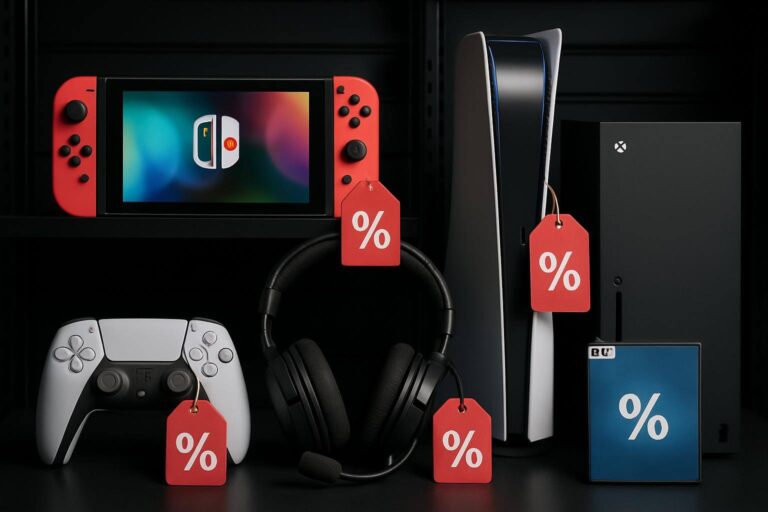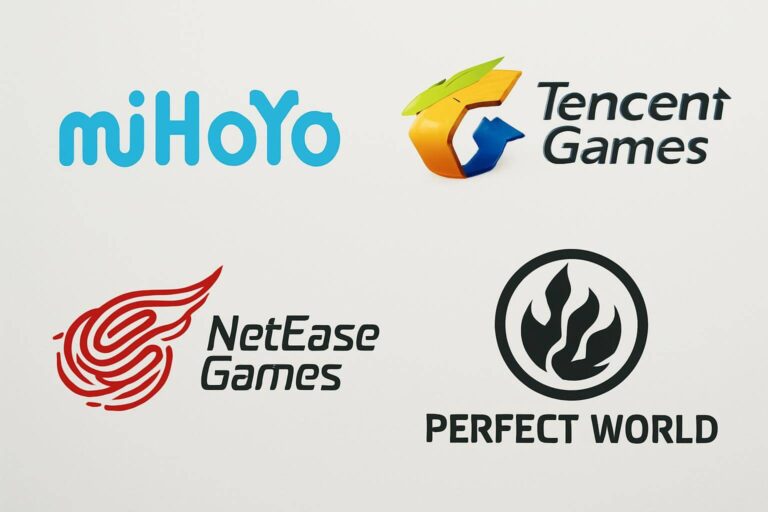
Once upon a time, in the early 1990s, gaming had a fierce rivalry. On one side stood Nintendo, the king of home consoles. On the other, Sega, the challenger. Their face-off became legendary. Sonic the Hedgehog became Sega’s answer to Nintendo’s Mario. Fast forward to today, and the rivalry seems to rise again.
The Golden Era: Sonic vs Nintendo
Back in 1991, Sega launched Sonic the Hedgehog. It featured fast-paced platforming action. Sonic’s attitude and speed directly challenged Mario’s cheerful adventures. Nintendo fans loved Mario’s charm. Sega fans loved Sonic’s edgy personality and speed.
This rivalry defined the console wars of the ’90s. Sega Genesis vs Nintendo’s Super Nintendo Entertainment System (SNES) became a household debate. Ads mocked the competition. Players picked sides. The battle dominated gaming culture.
However, by the late ’90s, Sega faltered. Poor hardware decisions, like the Sega Saturn and Dreamcast, led to Sega exiting the console market. Sonic faded from the console wars. Nintendo continued dominating, shifting toward handhelds and innovative consoles like the Switch.
Why Is Sonic vs Nintendo Rising Again?
The twist? The rivalry never truly ended. Today, it plays out differently. Now, both companies develop games for multiple platforms. Sonic no longer appears only on Sega hardware. Instead, Sonic games appear on Nintendo consoles.
In fact, recent years brought unexpected collaborations. The Mario & Sonic at the Olympic Games series became a hit. It combined characters from both worlds. Despite past rivalry, this cooperation surprised many.
Still, competition remains strong in public perception. Hardcore fans debate which character holds more legacy. Sonic keeps pushing with fast, flashy games. Nintendo offers polished, innovative gameplay experiences.
Sonic vs Nintendo: Recent Moves and Battles
Recently, Sonic gained a new edge. Sonic Frontiers, released in 2022, aimed for an open-world experience. The reception was mixed, but the attempt showed ambition. Sonic tries to capture a modern audience.
Meanwhile, Nintendo releases classics like Mario Odyssey and Breath of the Wild. These remain fan favorites. Their smooth design and creativity set industry standards.
But here’s the twist: Sonic remains more action-focused. Nintendo relies on charm and creativity. This contrast keeps the competition alive.
Sega even embraced nostalgia. Sonic Generations and Sonic Mania received praise. They attracted retro fans while showcasing Sonic’s speed and attitude. Nintendo responds by re-releasing older Mario classics and expanding franchises like Metroid.
The Future of Sonic vs Nintendo
Sonic vs Nintendo no longer feels like a battle for console dominance. Instead, it’s a race for relevance. Sonic targets speed and bold moves. Nintendo focuses on innovation and steady growth.
The rivalry continues on social media. Fans tweet, debate, and share memes. Every Sonic movie release or Nintendo Direct becomes fodder for comparisons.
An interesting development: Sonic now appears as a guest in Nintendo’s Super Smash Bros Ultimate. Sonic stands proudly among Mario, Link, and other Nintendo icons. Once fierce rivals, they now share the same battleground.
Why Sonic vs Nintendo Still Matters
Sonic vs Nintendo symbolizes more than competition. It reflects how the gaming industry evolves. From harsh ads and console wars to mutual collaborations and shared platforms, the rivalry grew mature.
It also highlights fan passion. Gamers still debate which universe has more charm or better gameplay. Sonic offers speed and attitude. Mario provides creativity and polish.
At the end of the day, both companies push each other to improve. Sonic won’t outpace Nintendo anytime soon. Nintendo won’t stop innovating. Their rivalry keeps the industry exciting.
Sonic vs Nintendo again isn’t about enemies. It’s about legacy, growth, and entertainment. Fans will continue cheering, debating, and playing.



